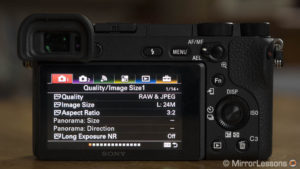The Fujifilm X-E3 is the much-awaited update to the company’s premium rangefinder-style mirrorless camera, the X-E2s, which was introduced in early 2016. It can be considered a more budget-friendly version of the X-Pro2 owing to its rangefinder design and many advanced features such as a 24MP APS-C X-Trans III sensor with excellent dynamic range, an advanced hybrid AF system and 4K video capabilities.
In this comparison preview, we’re going to be looking at how it stacks up against a Sony model: the a6500. Although it was announced nearly a year ago, the a6500 remains an important reference in the mirrorless segment because of its advanced capabilities in the autofocus and video departments.
At the end of the article, we also mention a few key differences between the a6500 and the model one step below it, the a6300. The two E-mount cameras are very similar and in truth, the a6300 may be the more logical direct competitor for the X-E3 because the price is very similar.
Ethics statement: The information supplied in this article is based on the official specifications found on the Fujifilm and Sony websites and our personal experience with X series / E-mount cameras. If we get the chance to test the two cameras side-by-side, we will publish a full comparison. We were not asked to write anything about these cameras, nor were we provided with any sort of compensation. Within the article, there are affiliate links. If you decided to buy something after clicking the link, we will receive a small commission. To know more about our ethics, you can visit our full disclosure page. Thank you!
1. Retro vs. Modern Body
Even though both have a rangefinder-like design with an electronic viewfinder on the left-hand side of the body, the X-E3 and a6500 couldn’t be more unalike in appearance.

The X-E3 sports a sleek, minimalistic retro design that recalls the look of film cameras of old. It measures 121.3 x 73.9 x 42.7mm and weighs 337g, making it a little larger but just over 100g lighter than the a6500 (120 x 66.9 x 53.3mm and 453g).
The a6500 has a more modern appearance and a more prominent grip out front which explains its extra depth in comparison to the X-E3. (The Fujifilm camera remains a little taller and longer however.) Unlike the X-E3, it is resistant to dust and moisture.

Contributing to the retro look of the X-E3 are the many dials around the body. These include shutter speed/exposure compensation/command dials and a handy Focus Mode selector on the front. The a6500 has fewer external controls, the most notable being the PSAM dial on top and the solitary control dial.
An interesting difference is that the Sony camera has a traditional 4-way control wheel on the rear whereas the Fujifilm camera has substituted the 4-way pad of its predecessor for an AF joystick and touch functions on the screen as we’ll discuss further down.

The Sony has more physical function buttons than the X-E3 – nine versus four to be precise – but to be fair to the Fujifilm camera, you can access many functions directly from the touchscreen.
Usefully, both cameras can be charged via USB but only the a6500 comes with a built-in flash. To use flash with the X-E3, the only option is to attach the provided EF-X8 flash or another compatible flash unit to the hot shoe.
2. Rear LCD Screen
Both cameras have a 3-inch touch sensitive LCD screen but only that of the a6500’s can be tilted up 90° and down 45°. The X-E3’s screen is fixed which is a little inconvenient if you want to see the screen while shooting at a challenging angle.
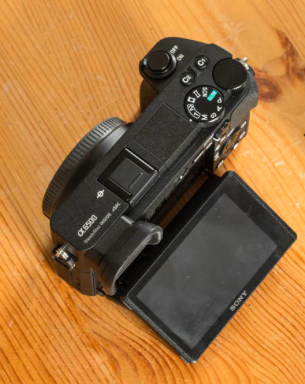
You can use both screens to select the AF point, take a picture, swipe through your images, and adjust magnification. However, only the X-E3 comes with a feature called Touch Control whereby you select four pre-assigned functions by swiping your finger up, down, left and right. It effectively replaces the four-way control pad of its predecessor.
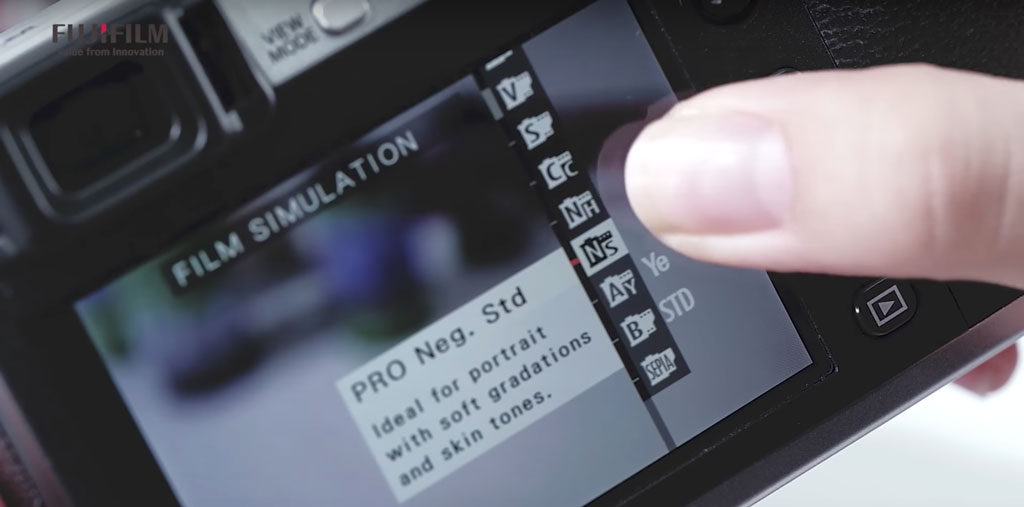
You can use the LCD screen of both cameras to change the focus point while looking through the EVF. Though you can use the LCD to change the focus point in movie mode as well, only the a6500 allows you to control the speed and reactivity of the autofocus.
3. Electronic Viewfinder
Despite the fact that both electronic viewfinders are 0.39-inch OLED types with 2,360K dots of resolution, the a6500’s has a higher magnification (0.70x vs. 0.62x) and a longer eyepoint (23mm vs 17.5mm).
There is also a difference in terms of the refresh rates. Whereas the X-E3 viewfinder is limited to 55fps, the a6500’s viewfinder lets you choose between 50fps and 100fps in PAL mode or 60fps and 120fps in NTSC mode.
4. In-Body Stabilisation (IBIS)
One very important feature the a6500 has that the X-E3 lacks is 5-axis in-body stabilisation.
Able to compensate for five types of camera shake, the a6500’s in-body stabilisation system helps you use slow shutter speeds for still shooting and facilities hand-held recording in video mode. The camera uses a gyro sensor that compensates up to the equivalent of 5EV steps.
The IBIS system is compatible with all E-mount lenses that transmit EXIF data. If that lens happens to be optically stabilised, the camera uses 3 axes on the sensor along with 2 axes on the lens. You can still use 3 axes on the sensor with lenses that don’t have electronic contacts.

To stabilise your images with the X-E3, the only option is to mount a zoom lens with optical stabilisation. Currently none of the primes within the X range are optically stabilised except for the brand new XF 80mm f/2.8 macro.
5. Advanced Hybrid AF System
Both the X-E3 and a6500 feature an advanced hybrid AF system that we’ve found to be equally reliable for stills and video regardless of whether you use S-AF or C-AF. That said, there are some differences in their specifications as we’ll see below.
The X-E3 features 91 AF points, 49 of which are phase detection points that cover 40% of the sensor area. By subdividing this 7×13 grid into a 13×25 grid, you can work with a total of 325 points. To change the autofocus point, you can either use the AF joystick or the aforementioned touch screen.
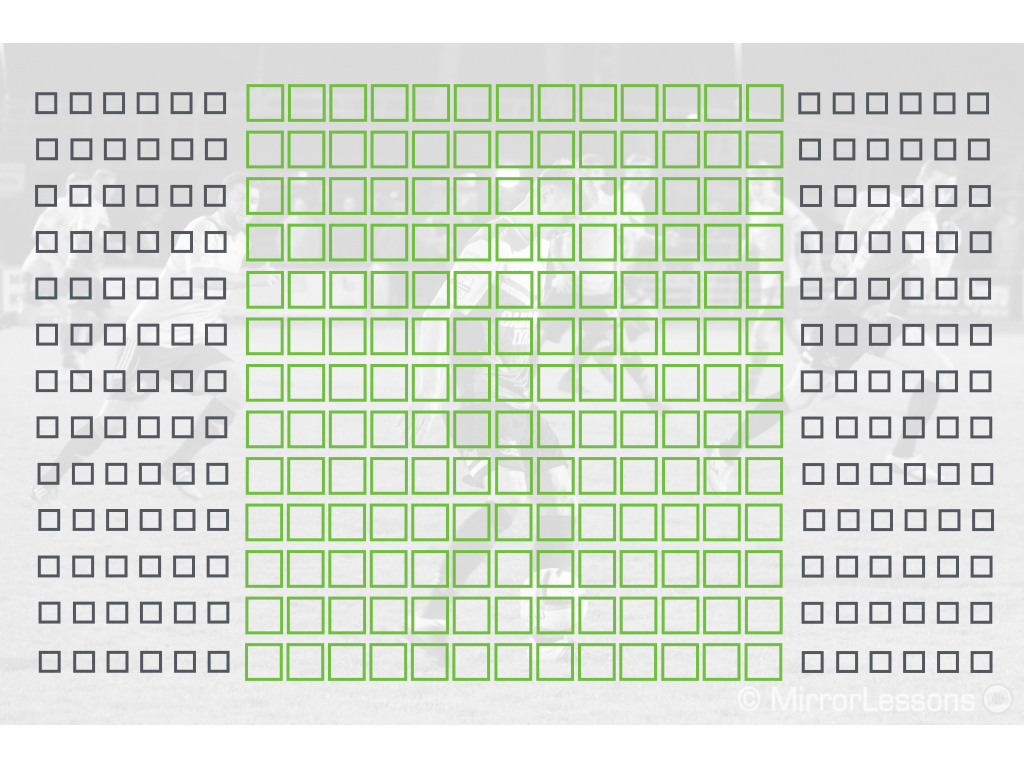
Covering the entire surface area of the a6500’s sensor are 425 phase detection and 169 contrast detection points. The cameras uses its 4D Focus hybrid autofocus system and high-density tracking AF to activate a handful of points around a subject in order to track it more effectively. Since there is no AF joystick, the fastest way to change the AF point is to use the touch screen or press the four buttons on the control wheel.
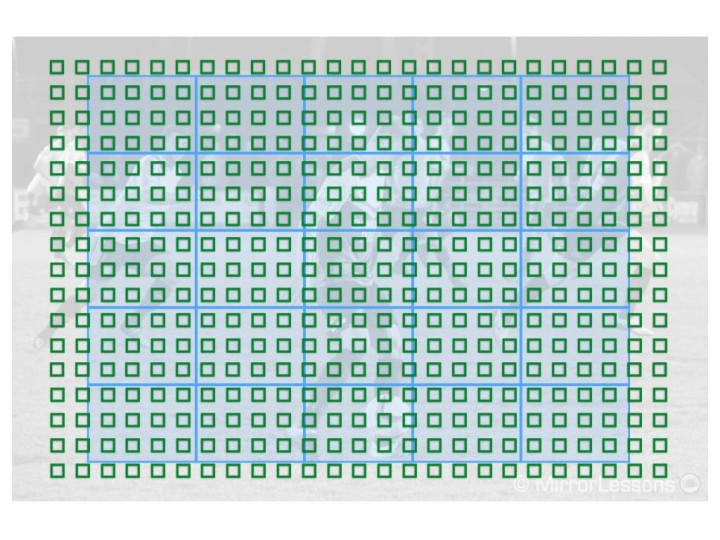
We had the chance to compare these two autofocus systems for our a6500 vs X-T2 complete comparison and found that both are capable of delivering very similar results. In fact, they are two of the best AF systems you can find on the mirrorless market today. That being said, the X-E3 features an updated software algorithm that enables the camera to track a subject that is half the size and twice as fast as before. (The same update will come to other Fuji cameras soon.) We have yet to see how well this works in the real world but it could suggest that the X-E3 will be slightly faster than the Sony.
6. Continuous Shooting, Shutter Speeds and Buffer
With the mechanical shutter, the a6500 has the upper hand thanks to its a maximum speed of 11fps. If you want a real-time preview of your scene through the EVF or on the LCD screen (a.k.a. live view), you must reduce the speed to 8fps, which is still fast enough for most kinds of action.
The X-E3, by contrast, can only manage a more modest 8fps with the mechanical shutter or 5fps with live view. However it does have the advantage of 11fps or 14fps speeds with the electronic shutter unlike the Sony.
Also worth noting is that the a6500 is limited to 1/4000s irrespective of shutter type. The X-E3 on the other hand can reach speeds of 1/8000s with the mechanical shutter or 1/32,000s with the electronic shutter.
As for the buffer depth, the a6500 is more capable, managing 233 JPG frames or 107 RAW frames at 11fps as opposed to 62 JPG frames or 25 RAW frames at 8fps on the X-E3.
7. 4K Capabilities
Although the X-E3 and a6500 both support 4K at 24/25/30fps with a 100Mbps data rate and no sensor crop, there are a few differences worth highlighting.
First, the X-E3 doesn’t perform full pixel readout, so you might notice more aliasing artefacts and less sharpness in your footage compared to the a6500, which offers full pixel readout at a native resolution of 6K before downscaling the output to 4K.
Second, because the X-E3 doesn’t come with any picture profiles for video, the best way to achieve interesting results in-camera is to apply Fujfiilm’s film simulation modes. The a6500 on the other hand is furnished with nine video picture profiles that include black gamma, knee, colour depth, colour modes, gamma modes like S-log2 and S-log3. The last two profiles let you record the widest dynamic range possible in-camera.
Third, the a6500 can extract 8MP JPGs from 4K video footage, whereas the X-E3 currently has no such feature.
Finally we have the maximum recording time. Whereas the a6500 goes up to 30 minutes in both 4K and Full HD, the X-E3 is limited to 10 minutes in 4K or 15 minutes in Full HD.
Both models offer clean HDMI output with an 8-bit 4:2:2 colour space and come with a microphone jack (3.5mm on the a6500 versus 2.5mm on the X-E3).
8. Slow Motion Capabilities
The a6500 is capable of recording at up to 120fps (100fps in PAL format) in Full HD. It has a HFR (high frame rate) mode that includes a ‘Slow and Quick’ option. Enabling it makes it possible to record down to 5x Slow Motion or up to 60x Quick Motion at up to 50Mbps in high-quality Full HD at frame rates from 1fps to 120fps. Because the video file can be saved at 24p/25p/30p/50p or 60p, you can review the result in-camera without having to conform the footage in post production.
On the X-E3, you won’t find a slow or quick motion option for video and the maximum frame rate available in 1080p is 60fps.
9. Menu System
Those who follow us know we aren’t big fans of the Sony menu system, not least because many settings are cryptically named and categorised in an illogical fashion. Some improvements were made to the a6500 – for instance, each menu page now has a relevant title – but it can still be very confusing for someone who isn’t familiar with the Sony system (and to be honest, even for long-time users such as ourselves!).
Fujifilm updated its menu when it released the X-Pro2 and it is a massive improvement over the first generation menu. Nearly all the settings are clearly named and easy to find, so it won’t take a newcomer to the system very long to come to grips with the camera.
10. Lenses
Since the release of the X-Pro1 in 2012, Fujifilm has produced a number of high quality primes and zooms for the X series, some of which are quite affordable such as the triad of f/2 primes. As of 2017, 15 primes and 10 zooms make up the system, and Fujifilm shows no sign of slowing down.
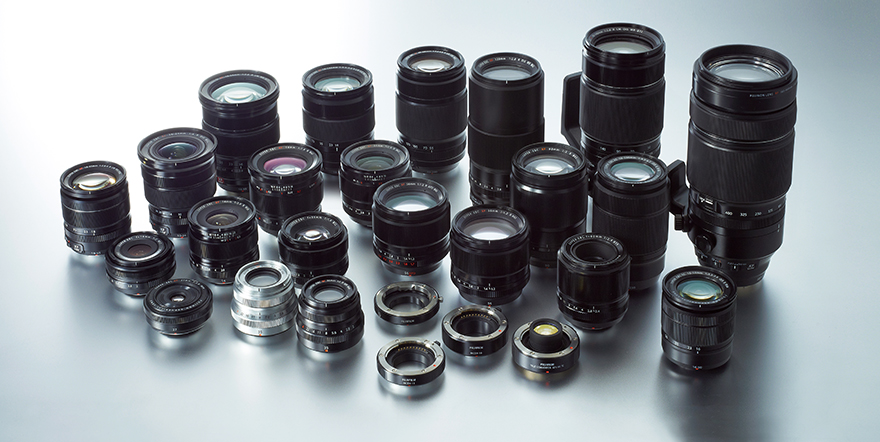
So dedicated has Sony been to bolstering the full-frame E-mount system over the past few years that we haven’t seen a single new native lens for the APS-C system since 2013. What’s more, many of those that do exist are slow / non-constant aperture zooms and only a few f/4 zooms and f/1.8 primes provide excellent optical quality. It is true that you can use any full-frame E-mount lens on the a6500 but many of them overwhelm APS-C bodies in terms of size and weight and they also tend to be quite expensive.
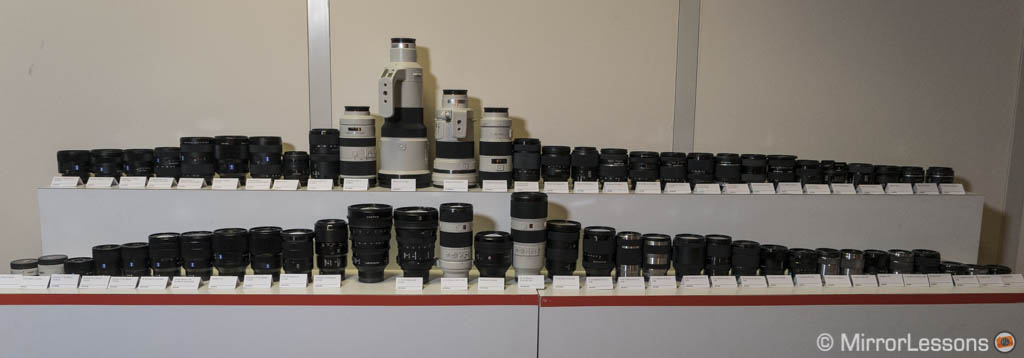
About the a6300
As mentioned at the beginning, the a6500 has a “twin sister” called the a6300 that was released six months before it. The two Sony cameras share the same design (with the exception of the slightly larger grip of the a6500), sensor, autofocus, burst speeds and 4K video capabilities.
The a6300 lacks in-body stabilisation, has less buffer depth, no touchscreen and a lower price. If you want to find out more, you can read our a6300 vs a6500 complete comparison.
Conclusion
Because the X-E3 and a6500 are so alike in so many ways, we felt it was worth concluding with the one difference that will probably impact your decision more than any other: the price.
The a6500 was released a year ago, and although the retail price for the body is close to $1400, you can occasionally find it for less in bundles or on the second-hand market.
The X-E3 debuted at around $900 (body only) so by choosing it over a brand new a6500, you could easily have enough left over to invest in a lens or a few accessories for the system.
Having said this, we mustn’t forget that the a6500 comes with its share of advantages, namely 5-axis IBIS, slightly more advanced video specifications, and a tilting screen. If any of these features are deal-breakers for your style of shooting, you may not mind spending the extra money to have them.
Finally we mustn’t overlook the a6300, which has a similar set of features to the a6500 at a price closer to that of the Fuji camera.
Check the price of the Fujifilm X-E3 on
Amazon | Amazon UK | B&H Photo
Check price of the Sony a6500 on
Amazon | Amazon UK | B&H Photo | eBay
Check price of the Sony a6300 on
Amazon | Amazon UK | eBay | B&H Photo
You may also enjoy the following articles:


